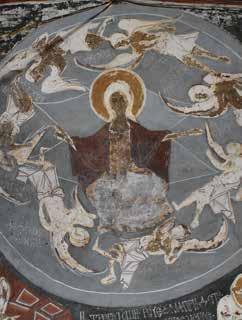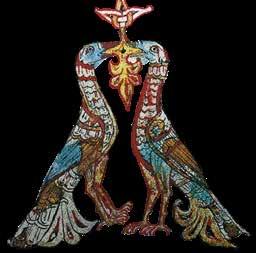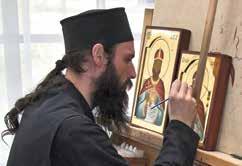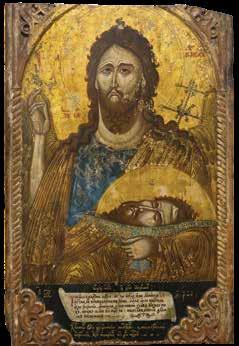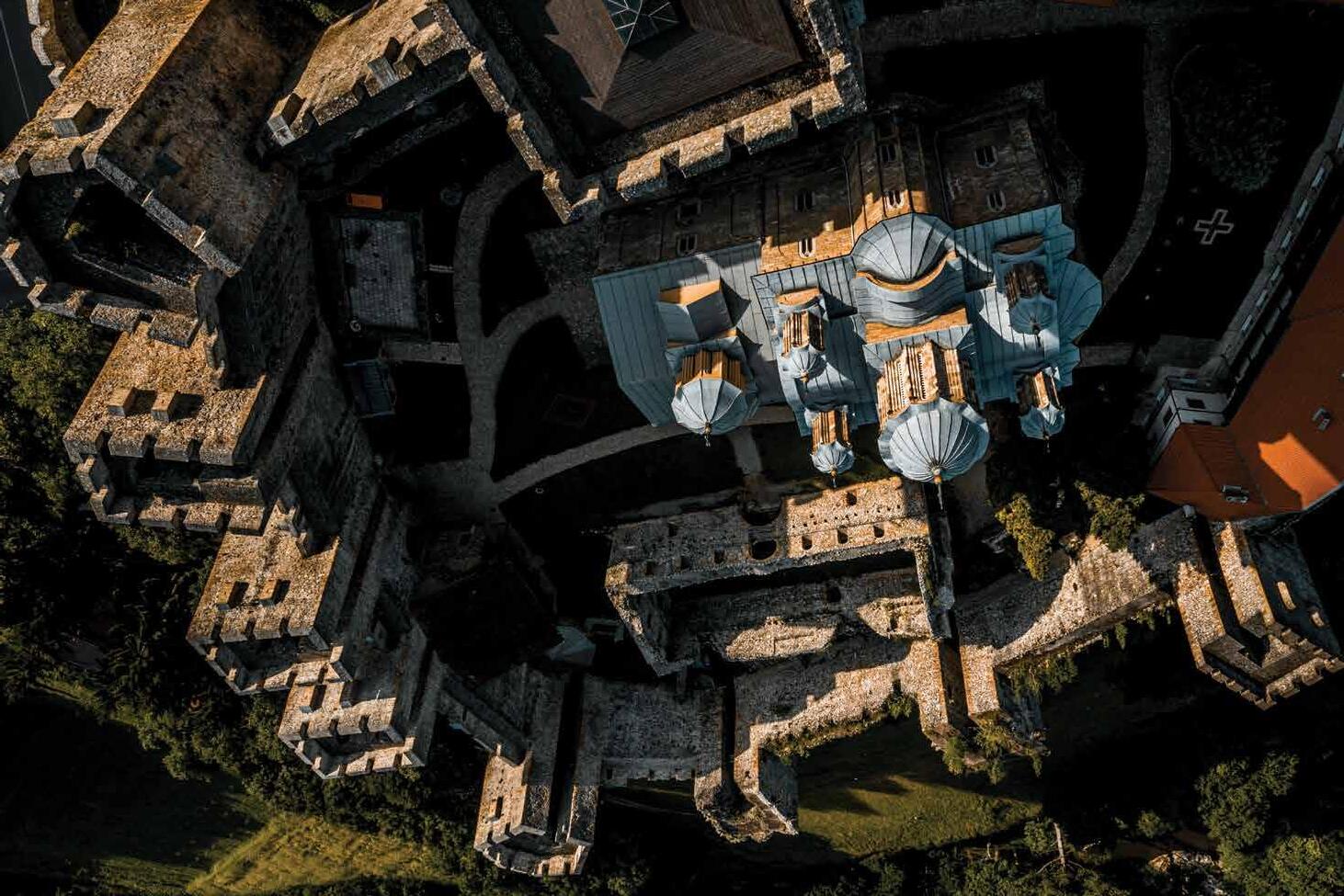
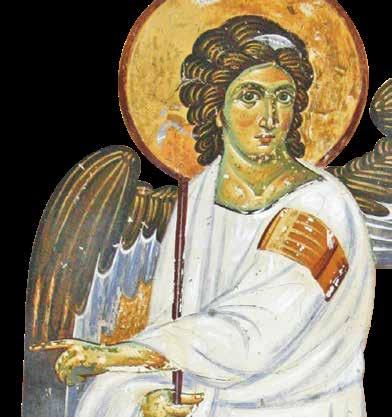
hundred monasteries*, 54 of which have been declared cultural monuments, while Stari Ras (Old Ras) with Sopoćani, Studenica and the medieval Serbian monasteries in Kosovo and Metohija, patrijaršija (Patriarchate of Peć) and Bogorodica Ljeviška (Our Lady of Ljeviš) have been inscribed on the UNESCO world cultural heritage list. For their superior cultural and spiritual values, that heritage is, at the same time, a
Hidden in the wooded areas, under the cliffs or on the mountain rivers’ sources, the monasteries enshrine the serenity of monastic life. By them, refectories, temporary lodgings and repositories were built, and stone walls belt them. Yet, historically, the Serbian monasteries have not isolated themselves from the rest of the world. They have always been places for people to gather, so, today as well, their gates welcome all visitors of good will.
In the Middle Ages, monasteries were very significant: since the European culture was developing under the aegis of the church, those places for praying and pilgrimage became national anchorages
Knowing well their role and significance, all Serbian rulers without exception, starting with the Nemanjić family, built numerous monasteries. Instead of building sumptuous palaces, these fighters for high principles built monasteries as their pledge for the future. Their endowments testify to their donators’ faith, perseverance and devotion to spiritual values, and also to the creative energy of that era.
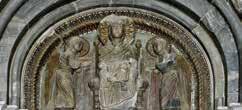
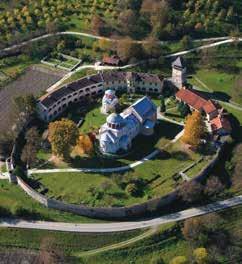
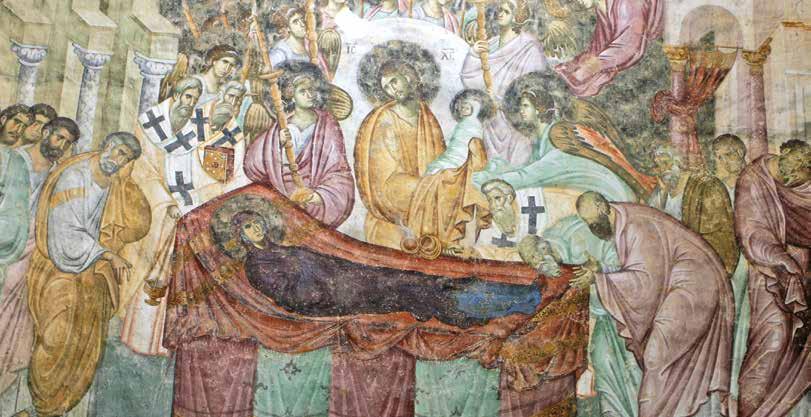
Monasteriesbackbone of identity
As the Byzantine power weakened in XIII century, an opportunity arose for Nemanja’s successors to build the state and cultural identities of their country. In Žiča, Stefan the First-Crowned was crowned king, and Sava Nemanjić made the monastery the center of the independent Serbian Archbishopric. The idea of an ideal Christian blend of the Church and the state was embodied in the monasteries – they became the spiritual, political and cultural centers, and, there, the most important pages of the Serbs’ history were being written.

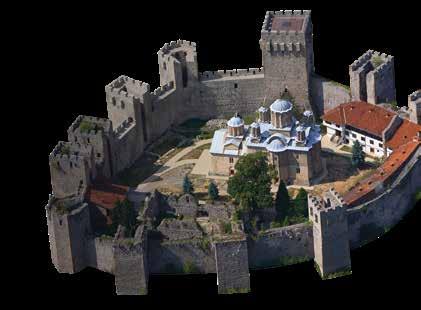
Faced with the Islamic invasion in a long and almost incessant warring during the last decades of XIV and in the first half of XV century, the monasteries became real fortifications. Ravanica and Manasija are belted by the great walls fortified with tall towers for defending from the Turks’ attacks. Within the monasteries’ walls, Serbia defied the enemy with its culture, which was the ultimate defense. Despot Stefan accommodated the learned, writers and artists from conquered countries.
In Manasija, the Resava Manuscript School worked hard, and, there, the despot himself wrote his “Slovo ljubve”, one of the most beautiful poems of the Serbian medieval poetry.
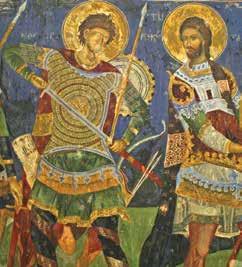
Decorative Sculptures
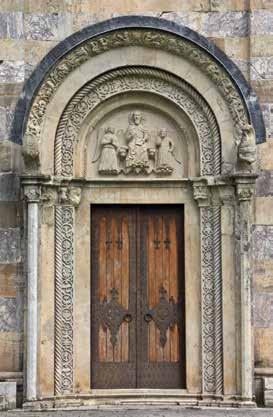
and Kalenić’s elegant aristocratic painting exudes lyrical atmosphere and sophistication. Divine clothes, precious jewels, shining vessels and unusual hoods following the fashion of that time transformed the walls of the Moravian churches into a historical document for understanding the spirit of the time which disappeared for good with the fall of Smederevo, in 1459, and the decline of the Serbian medieval state.
they were unfortunately heavily stricken. As a church builder, Nemanja laid the foundations for a centuries-long rulers’ tradition, and his last endowment, the monastery of Studenica, was a great paragon future builders identified with.

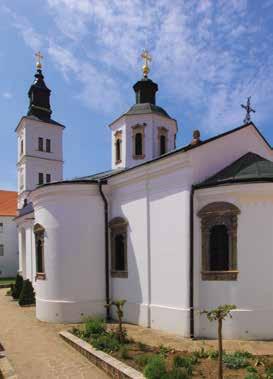
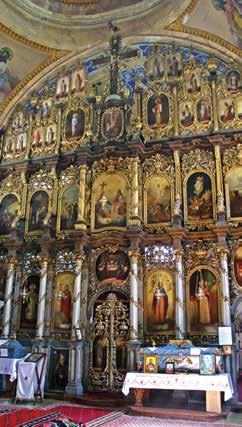
Building of monasteries on The Fruška gora mountain started after the Great Migration of the Serbs in 1690, when the Serbs moved to Hungary and, exiled by the Turks, sheltered there. Fruška gora is frequently said to be the Serbian Holy
Mountain because on its slopes there are numerous monasteries and the spiritual center of exiled Serbs was established there – Metropolitanate of Karlovci. In Fruška gora’s monasteries, the spirituality and culture of the Serbs were preserved through centuries; also, they were an important political center and the symbol of the national resistance to the Turkish Empire.
Authentic Baroque Style
In the monasteries Krušedol, Vrdnik or Novo Hopovo (New Hopovo), there is evidence of a great artistic renaissance that emerged when it met with the WestEuropean culture. In Fruška gora, the authentic baroque style was incepted, the first printing shops opened and Serbian graphics was born. Very tall and luxurious baroque bell-towers were built to churches, and baroque iconostases, big and richly carved wooden separation walls covered with icons painted by the best Serbian painters of that time inside them. While opening towards the European culture, there was a vivid remembrance of the golden era of the Nemanjić family epoch, so, the specific style of the Serbian baroque came to surface in that blend of the modern and the traditional. For all that, the seventeen preserved Fruška gora’s monasteries have a great significance in Serbia’s cultural and historical heritage.
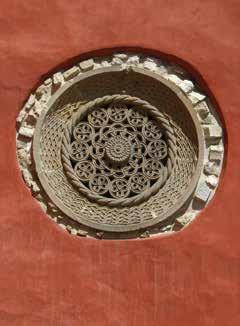
in the decoration of the marble façades and in the sculpture
Painting Perfection
The
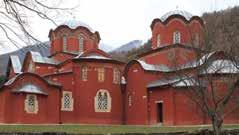
A Touch of Gothic
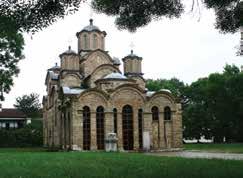
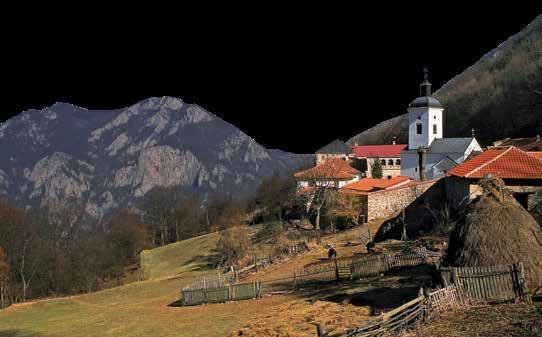
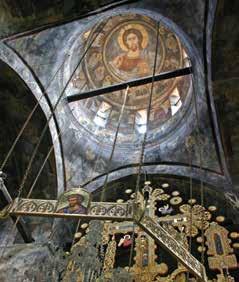
The monasteries were being built in XIV and XV centuries, in the turbulent times when the Turkish Empire put the Serbian territory under control. Retreating from the Turkish conquerors, Serbian monks found a solitary and isolated spot in the gorge and started building the monasteries. Tradition has it that there were more than forty monasteries on that small space, and today there are ten: Blagoveštenje (Annunciation), Vavedenje (Presentation of Mary),
